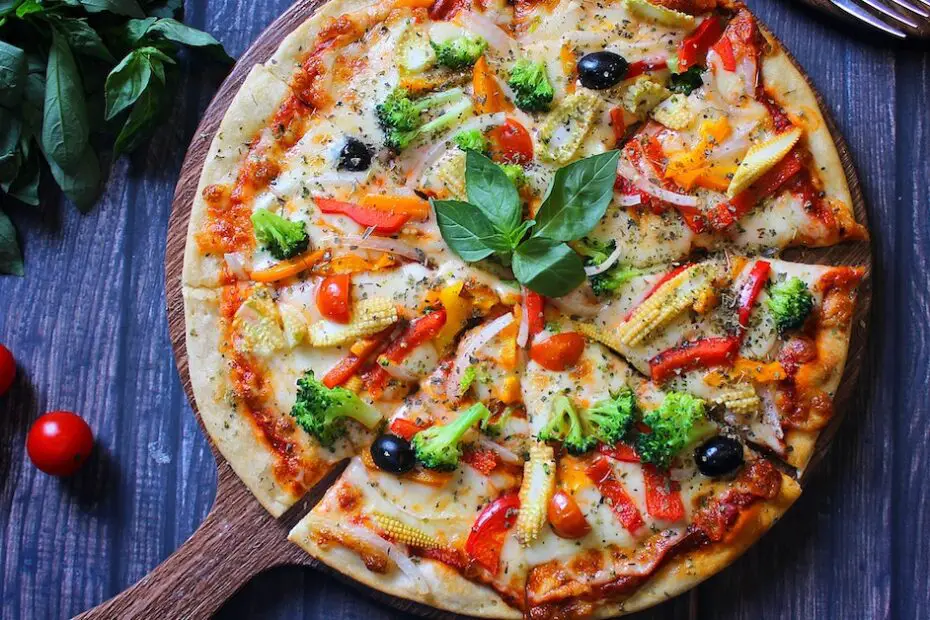Pizza has a bad reputation as junk food when it comes to health. That said, it’s possible to enjoy healthy pizza as long as you use healthy ingredients. We’ll take you through the health benefits of pizza to help you incorporate pizza as a part of a healthy lifestyle.
Read on to learn about the best pizza options to maximize your nutritional benefits.
DISCLOSURE: This post may contain affiliate links, meaning when you click the links and make a purchase, we receive a commission at no extra cost to you.
The 12 Health Benefits of Pizza
Below we take you through 12 ways to make healthy pizza. Remember, the kind of pizza you’re eating matters. While regular slices have health benefits, pizza with healthy toppings and fresh vegetables will always be better.
1). Protein
Protein is one of the driving factors that makes a slice of pizza healthy. Even without lean meats like chicken, a regular slice of pizza contains about 13 grams of protein.
Protein is one of the most important micronutrients for growing and maintaining muscle mass. It also makes you feel more full, which prevents you from eating too much later.
Protein is also the building block for repairing other types of damaged tissue in the body. Therefore, including pizza in your diet will help you maximize your weight-lifting sessions in the gym.
2). Lycopene Absorption
Lycopene is an important antioxidant that’s found in tomatoes. That said, tomatoes must be cooked for the body to absorb the lycopene from tomatoes. This is where pizza comes into play.
The tomato sauce used for traditional pizza contains high lycopene levels. When the body absorbs this antioxidant it lowers blood pressure. In fact, even pizza hut pizza or frozen pizza is healthy when it comes to the lycopene from tomatoes.
Who knew that such a delicious taste could be healthy for your heart and the rest of your body?
3). Healthy Pizza Toppings
What makes pizza special is that you can put almost anything on it. While fresh mozzarella and pizza sauce are good enough on their own, it doesn’t have to stop there. Several pizza toppings based on lean meats and veggies make pizza a healthy choice.
The best ingredients to put on the top of your pizza include:
- Bell peppers
- Extra cheese
- Chicken
- Broccoli
- Tomato slices
- Asparagus
- Pineapple
- Spinach
- Seasonings
- Fresh vegetables
- Black olives
These are only some of the healthy toppings you can choose from. The more you have of these types of toppings, the better your pizza will be for you.
4). Thin-Crust Pizza isn’t High in Calories
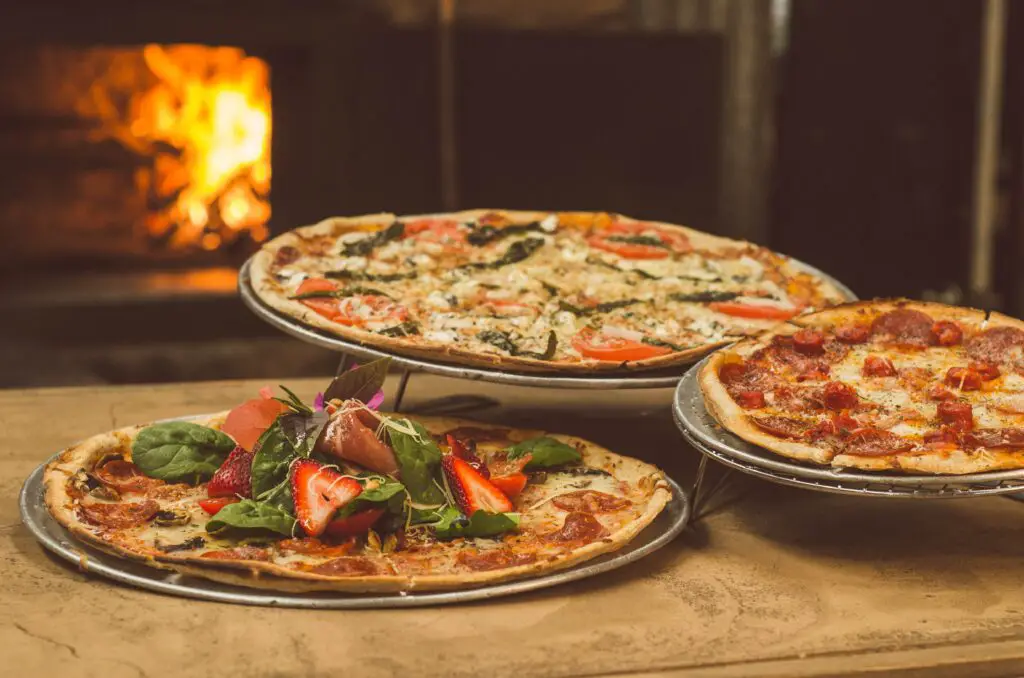
Thin-crust pizza is one of the healthier ways to eat pizza. A thin-crust pizza will have fewer calories than deep-dish pizzas or even traditional pizzas. When you make a whole wheat thin-crust pizza, its nutritional value is even greater.
Overall, the thinner the crust, the bigger the benefits. When you reduce the amount of crust you’re eating, you maximize other healthy ingredients like tomato sauce, mozzarella cheese, and fresh vegetables.
The types of pizza found below are known for thinner crusts:
- Neapolitan-style pizza
- New York-style pizza
- St. Louis-style pizza
- Chicago-style pizza
- New Haven-style pizza
It’s also easy to get creative with thin-crust pizza. Try using pita bread or tortillas to make thin-crust pizza variations.
5). Pizza is a Well-Balanced Meal
Pizza is a well-balanced meal. It includes protein, fat, and carbohydrates. Plus, fresh vegetables are found on many types of pizza, which are a great source of fiber.
Furthermore, the nutritional value of a regular slice of pizza isn’t bad. Most regular slices have less than 300 calories, 13 grams of protein, 10 grams of fat, and 36 grams of carbohydrates. According to the United States Dietary Guidelines for Americans, this is a well-balanced meal.
In addition, a few slices of pizza will help you get your daily requirements for most micronutrients. Pizza also contains about 240 milligrams of sodium, which helps you reach your daily recommendation for sodium. Sodium is important for water retention.
6). Pizza is Good for Your Bones
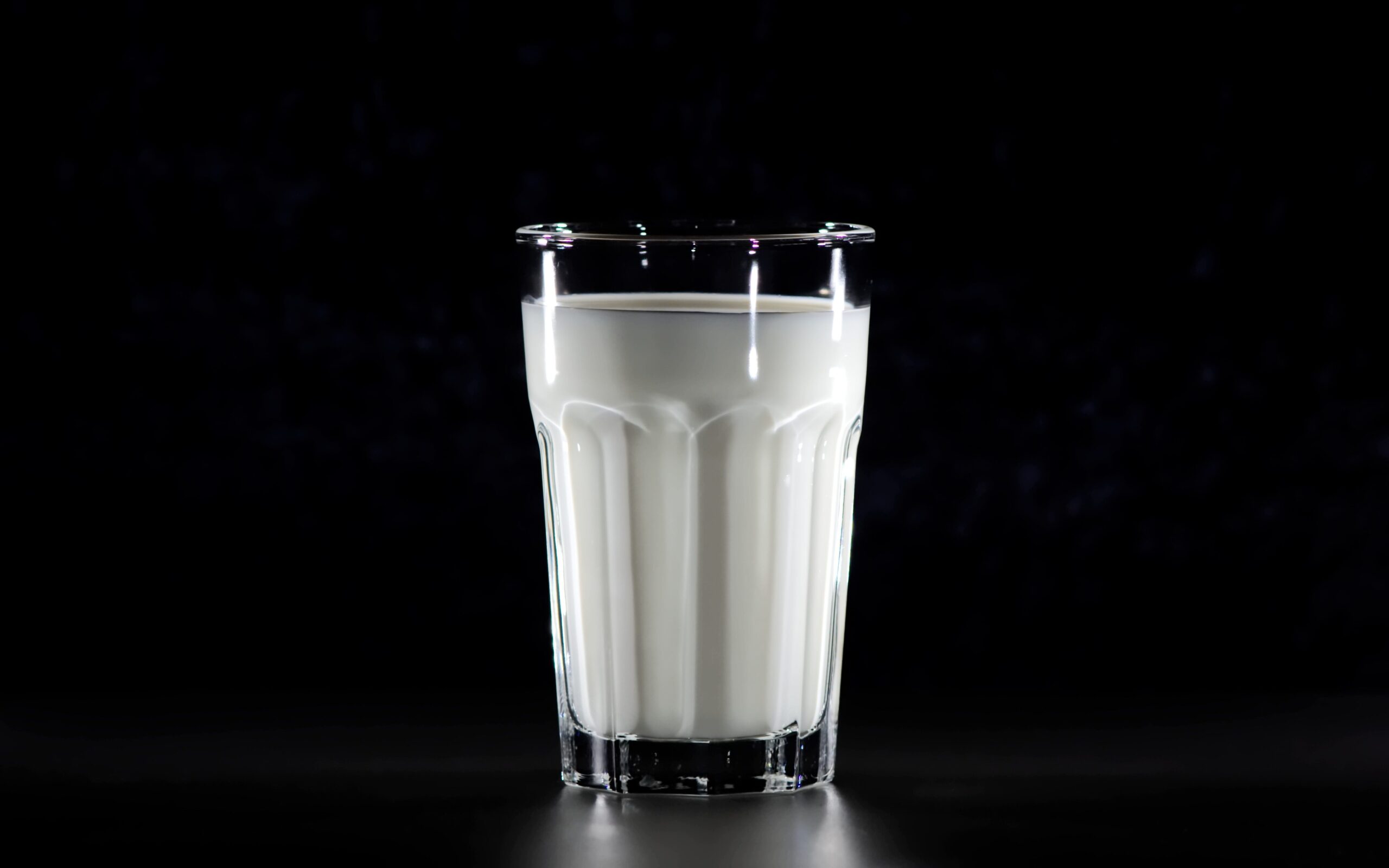
Bone health is essential for your overall health. After all, your bones support your entire body. The good news is that pizza is good for your bones.
Pizza is good for your bones because it contains high amounts of calcium. Calcium is necessary for bone health, immune system health, and much more. Your average slice of a 14-inch pizza contains 201 milligrams of calcium.
Because of pizza’s high amount of calcium, you can reach your daily calcium intake requirements.
7). Eating Pizza Can Help You Eat Your Veggies
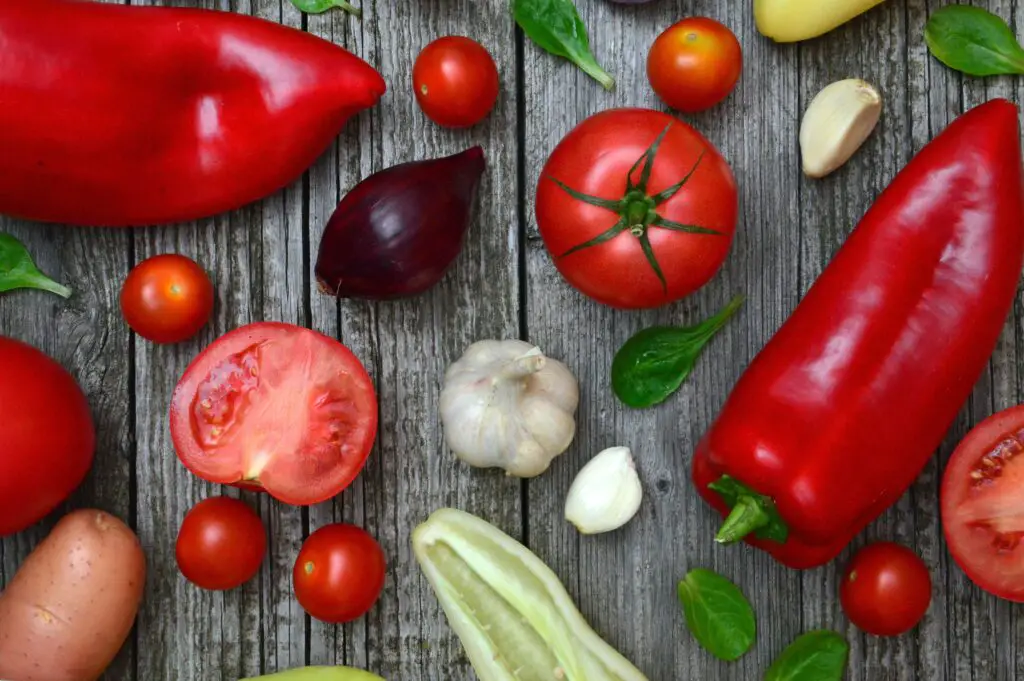
Fresh veggies aren’t always the first thing on your menu. While some people love veggies, others are repulsed by them. The good news is that pizza is a great way to eat fresh vegetables.
To eat vegetables on pizza, use vegetables as toppings. Many pizzerias also offer side salads with meals and pizzas. Side salads are a great way to eat some veggies.
Overall, pizza will help you get some of the essential nutrients you might not be getting elsewhere.
8). Whole Wheat Crust is Healthy
The American Heart Association found that 100% whole wheat crust is a healthy pizza choice. In fact, it’s the best choice for a healthy pizza crust. Whole wheat crust is an excellent way to get carbohydrates and fiber, which are important for maintaining a healthy diet.
Pizza with whole wheat crust is also the best choice for diabetes. The low amounts of sugar will keep blood sugar from rising or falling too fast. Therefore, it’s safe for almost anyone to eat.
Additionally, there are some gluten-free, whole-wheat pizza crust options to choose from. Whether you’re at your favorite pizzeria or home, whole wheat pizza crust is a viable option.
9). High Amounts of Vitamin B and Vitamin C
When it comes to vitamins, pizza has high amounts of vitamin B and vitamin C, which are great for your health. Vitamin B is great for your immune system, heart health, cell growth, and it’s even good at lowering cholesterol and blood pressure.
Vitamin C is also important but for different reasons. What makes vitamin C important is how it reduces free radicals. Free radicals are responsible for cancers like colon cancer.
Free radicals also play a role in heart disease, digestive problems, and other types of cancer.
10). Less Processed Than Other Types of Fast Foods
Fast-food restaurants are known for using high amounts of sugar and other preservatives to keep food fresh. While pizza is ready faster than many meals, it doesn’t contain the same types of preservatives as other fast-food restaurants. This makes pizza one of the healthiest foods to order on the go.
Pizza will also prevent you from gaining weight, which happens fast when you live off of fast food. In fact, even fast-food pizza options like Pizza Hut are healthier than McDonald’s or Wendy’s. This is due to calorie content and freshness.
When you eat pizza you’re also not getting the empty calories that fast-food restaurants typically give you.
11). Pizza Improves Mood
Pizza is known for improving your mood. The healthy ingredients in pizza increase the release of serotonin and dopamine in the brain. For this reason, many people who eat pizza improve their mood.
Being in a good mood is one of the building blocks for living a healthier life. When you’re in a good mood there’s a good chance that you’ll eat less food and healthier food. Plus, who doesn’t like being happy?
Sometimes the health benefits of pizza are about more than healthy ingredients and calorie content.
12). Keep Your Diet on Track with Pizza
Pizza is great at preventing weight gain when you eat it properly. It’s one of the best ways to curb cravings because it feels like a cheat meal. However, having the right kind of pizza with healthy ingredients is better than indulging in cakes or cookies.
We’re not telling you to consume a whole 14-inch pizza every day. Instead, treat yourself to a pizza night once per week. It will help you reduce your cravings and keep you away from empty calories.
Nutrition Facts
Below you will find the nutrition facts for one typical slice of cheese pizza according to nutrition.gov. Keep in mind that as you add more toppings, the values will also change.
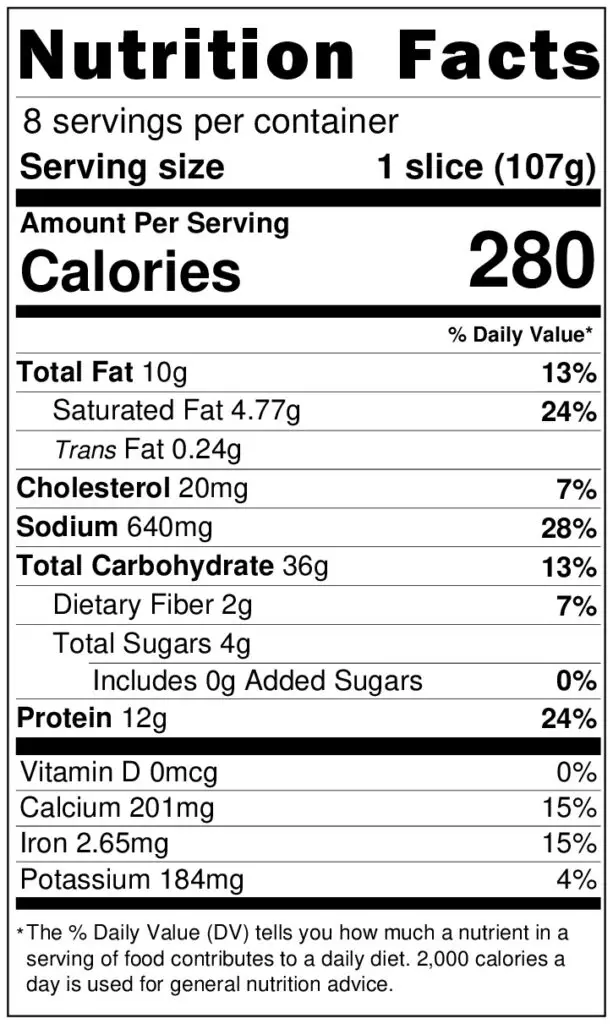
Enjoy this article? Check out some of our other articles for more ideas and tips:
- Delicious Ideas for Healthy Sides for Pizza
- Easy Outdoor Pizza Oven Dough Recipe-Never Fails!
- Easy Pizza Dough Recipe by Dan Richers
- Diabetic Pizza Dough Recipe that is Gluten and Sugar Free
- Gluten Free Pizza Dough Recipe Without Xanthan Gum
As someone from Long Island, New York, Thomas knows what it takes to make a good pizza. He understands that it’s a combination of high-quality ingredients, well-rounded pizza ovens, and a little bit of love. From the dough of a Neapolitan-style pizza to the wood that powers a wood-fired pizza oven, he has you covered. Thomas’ love of pizza is what got him here and he hopes that you’ll enjoy pizza as much as he does soon.
